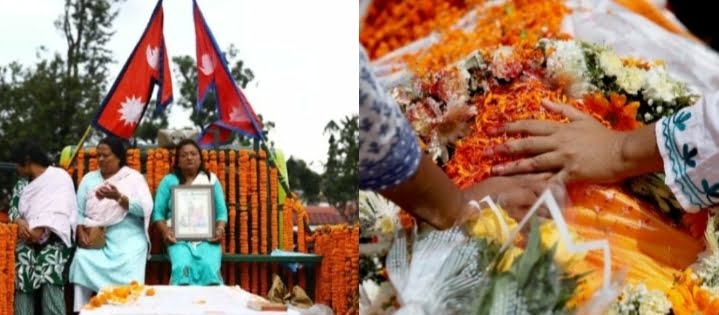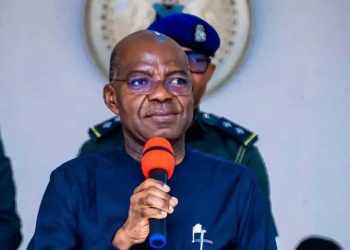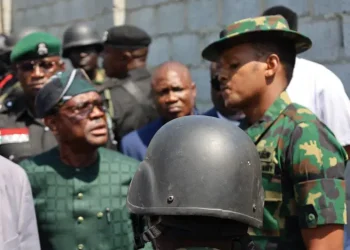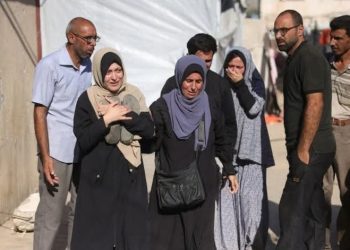On Wednesday, Nepal observed a national day of mourning by lowering flags to half-mast. This was done to remember and honor the 73 people who lost their lives during the large youth-led protests against corruption. These protests were so powerful that they forced the government to step down.
The Ministry of Home Affairs announced in a statement that the new interim government, which was formed after two days of intense protests last week, had declared this day of mourning. The day was meant to pay respect to those who died while demanding change and justice.
The protests first began on September 8. They were triggered by a sudden ban on social media, but the real anger came from years of frustration with corruption and deep economic struggles faced by the people. On the very first day, violence broke out, and at least 19 people were killed when security forces cracked down on demonstrators.
The deaths only fueled more anger. Soon, the protests spread across the country, and people’s rage turned into large-scale destruction. Government offices, a Hilton Hotel, and several other buildings were set on fire as citizens expressed their frustration.
A key protest group called Hami Nepal shared a message on social media, saying: The changes we are seeing today would not have been possible without the bravery and sacrifice of those who gave their lives during these protests.
To restore order, Sushila Karki, a 73-year-old former chief justice, was appointed as the new interim Prime Minister. She now faces the difficult task of calming the country, addressing the demands of the protesters, and preparing Nepal for elections in six months.
Karki has already taken symbolic steps by declaring those who died in the protests as martyrs. She also promised that the state would honor them properly during their cremations.
Many ordinary citizens have been deeply affected by these events. Pooja Shrestha, a 22-year-old shopkeeper, said the day of mourning was important because it brought people together. “Everyone is heartbroken about what happened, about the loss of so many young lives like ours,” she said. Things are more peaceful now, and we hope this new government will bring the changes our country really needs.
Nepal’s young people have long struggled with unemployment. According to the World Bank, one in every five people between the ages of 15 and 24 has no job. The country’s economic situation is also weak, with an average income per person (GDP per capital) of only about $1,447.
The protests also caused chaos in Nepal’s prisons. Police spokesman Binod Kharel announced that the official death toll had risen to 73, and among the dead were also police officers and prisoners. During the unrest, about 13,500 prisoners managed to escape from two dozen jails in different parts of the country. However, the police have since been able to capture or receive the surrender of more than one-third of them. So far, around 5,000 escaped prisoners have already returned to prison, many of them willingly.
































